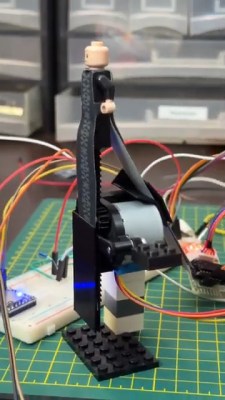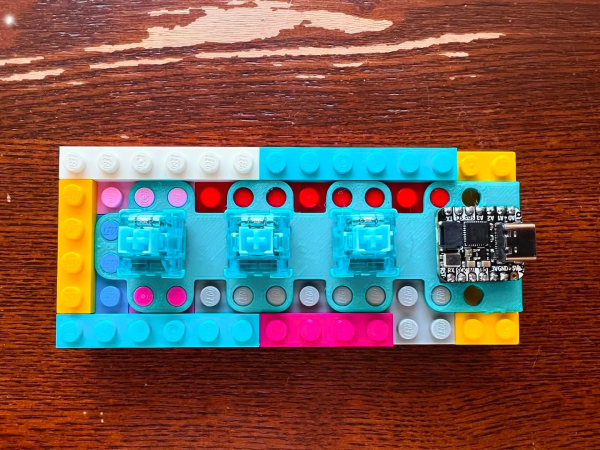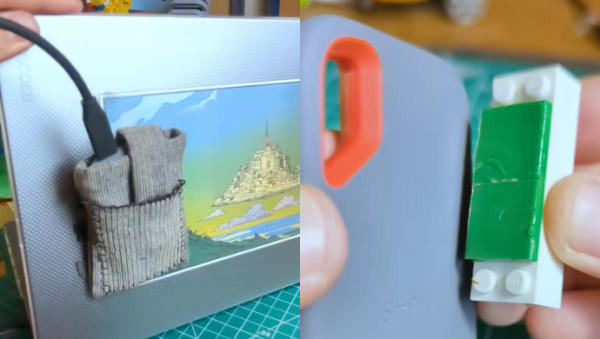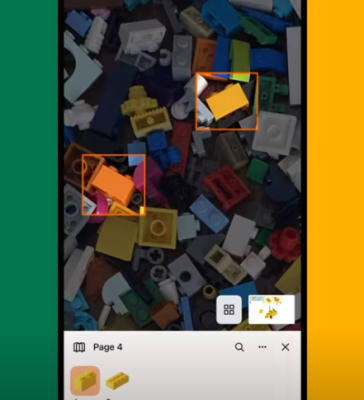If you’re both a LEGO and a Dune fan, unless you’ve been living in a cave on Mars with your eyes shut and fingers in your ears, you’re probably aware that LEGO released a set for the royal Atreides ornithopter. The blades flap and everything. Anyway, it comes with several minifigures, including one that doesn’t quite fit with the others — a full-length Baron Harkonnen.
 Given that, [gorkyver] decided to create a throne for the Baron that he could rise from, just like in the movie, while delivering the iconic line. With no reference materials available other than pausing the movie, [gorkyver] created a throne from scratch in BrickLink Studio, which made it easy to generate both a parts list and step-by-step instructions.
Given that, [gorkyver] decided to create a throne for the Baron that he could rise from, just like in the movie, while delivering the iconic line. With no reference materials available other than pausing the movie, [gorkyver] created a throne from scratch in BrickLink Studio, which made it easy to generate both a parts list and step-by-step instructions.
At the heart of this build is an Arduino Nano, which takes input from the momentary push button and starts the show. The Baron slowly rises on a rack and spur gear connected to a stepper motor, and a DF Player Mini runs the audio through a 75 mm speaker.
Rather than just buying a big box store display case off of eBay, [gorkyver] recreated the skeleton in Fusion 360 and used a hairdryer to bend a sheet of PET-G around to enclose it. A couple of sweet adhesive graphics later, and it totally looks like a real set on display. Don’t miss the demo/build video after the break.
Did you hear? The European Space Agency printed some bricks out of meteorite dust, and there might be one on display near you.

















